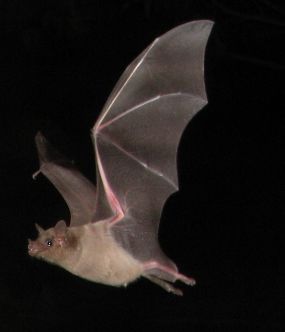Facts About Southern long-nosed bat
The southern long-nosed bat is a remarkable species indigenous to South America, belonging to the Phyllostomidae family. These medium-sized bats are characterized by short, greyish-brown fur, a long, narrow snout, short ears, and a small triangular nose-leaf. One of their most notable features is their elongated tongue, which is ideal for sipping nectar, equipped with hook-like papillae at the tip to aid in feeding.
These bats are found in northern Colombia and Venezuela, as well as on nearby islands such as Aruba, Bonaire, and Curaçao. They thrive in semi-arid to arid environments, ranging from coastal islands to the Andes mountains. Their preferred habitats include thorn forests, scrublands, and areas with Pachycereus cacti. It is believed that the southern long-nosed bats evolved around 540,000 years ago, diverging from their lesser long-nosed relatives when a semi-arid corridor connected Mexico and South America.
By day, southern long-nosed bats roost in caves and abandoned mines, often cohabiting with other bat species. They are social animals, forming colonies that can number in the thousands. As adept fliers, they primarily feed on nectar, pollen, and fruit, with cacti constituting a significant part of their diet. These bats play a crucial role as pollinators for many local cactus species.
The breeding season begins between November and December, with most births occurring in May. The young are typically reared in designated maternity caves, often situated on islands. The baby bats are weaned after about two months and may live up to ten years.

 Peru
Peru